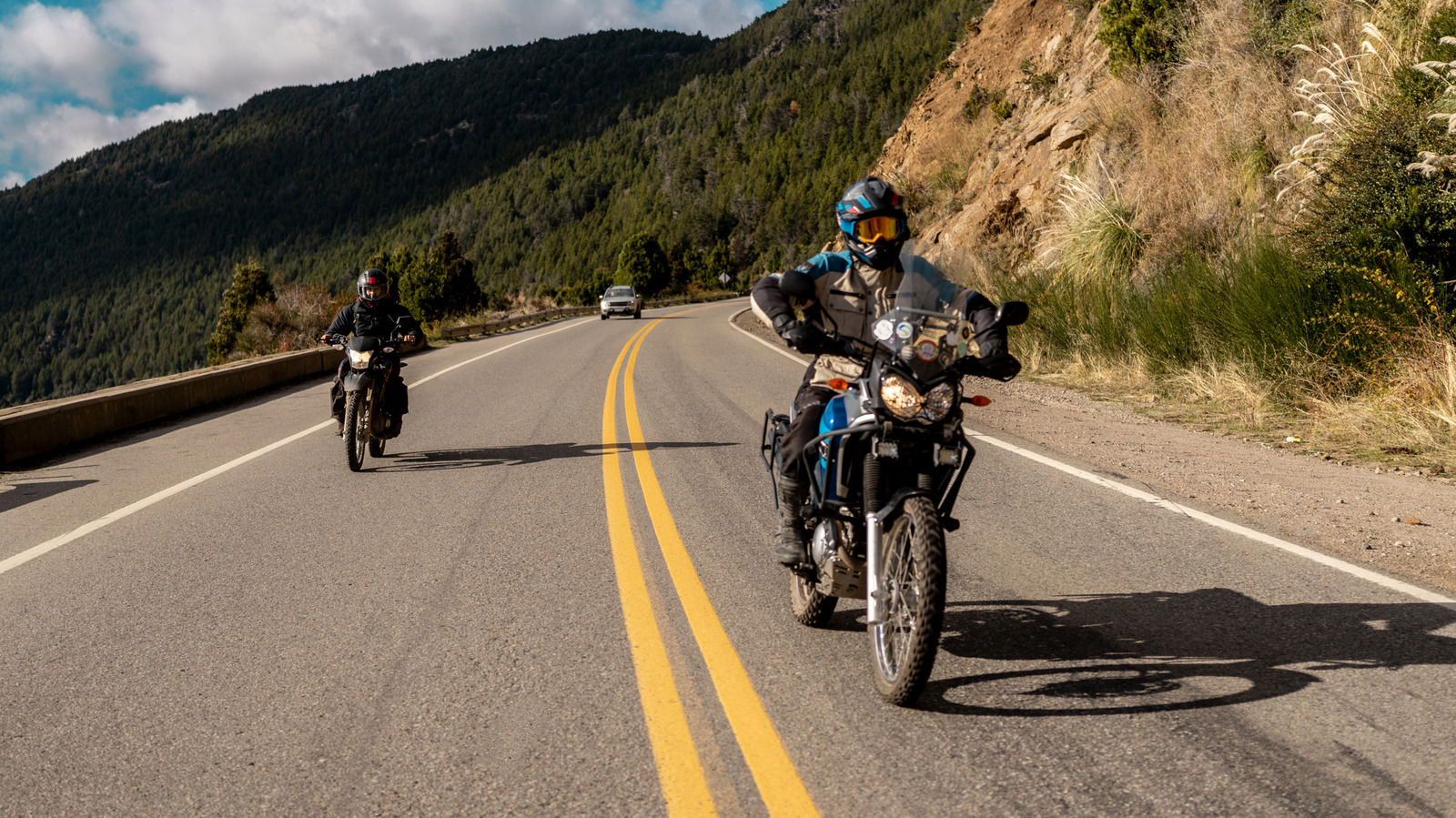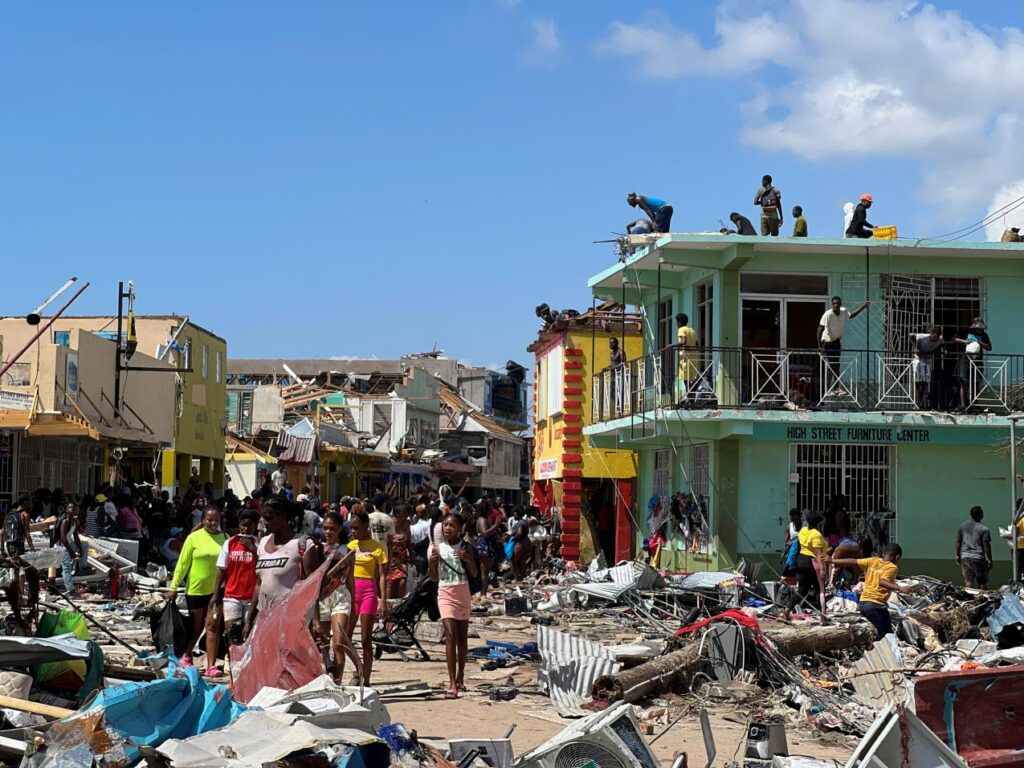Copyright SlashGear

Since the advent of motorized vehicles, manufacturers have put a lot of thought into making sure drivers can communicate crucial information to one another. Whether you're driving a car, truck, or motorcycle, you'll find a standard set of indicators, including blinkers for turning or changing lanes, as well as brake and reverse lights. Safely navigating the roads means using and paying attention to these indicators. Motorcycle culture, however, has added another layer on top of these mechanicalMotorcycle culture, however, has added another layer on top of these mechanical indicators. Because bikers often ride together in groups, they've developed a whole host of hand signals that can be used as an alternative to standard indicators or to communicate a wider range of information. Hand signals are crucial for communicating your intent while riding a motorcycle, but they're also useful for the wider driving population. While most folks (motorcycle riders in particular) are familiar with basic hand signals like those for turning or stopping, there are plenty of others. These are five lesser-known hand signals motorcycle riders might use and what they mean. Riding together in a group is an exercise in coordinated movements. It's important to make sure no one runs into anyone else, but you also don't want anyone pulling too far ahead or falling too far behind. That can be especially challenging when riding long distances or navigating around other motorists. There's also the question of setting the pace. Often, the point of a ride is the ride itself. The old adage famously attributed to Ralph Waldo Emerson, "It's not the destination, it's the journey," is never more true than when on a bike ride. Especially when making a multi-day cross-country trek, it's important to balance getting where you're going with making sure you enjoy the journey. That's why bikers have signals for speeding up or slowing down. If you're riding in a group and you want to tell everyone to speed up, extend your left arm straight out horizontally with your palm facing up. Then raise your palm upward as if lifting the air. If you want to tell everyone to slow down, use the opposite motion: Extend your left arm horizontally with your palm facing down, then lower it as if pressing the air into the ground. If you're on a road trip in a car or truck, it's relatively easy to communicate when you need a rest stop. The solo nature of riding a bike makes that a little bit more complicated. It's not as if you can simply lean forward and tell the group. Still, if you're on a long trip, especially with a big group, it's likely you'll need to make regular rest stops. When group riding, the person in the lead typically takes charge, deciding when and how the group moves. If you're in a large group, riders in the front should watch out for signals from the leader and relay those signals to riders farther behind. In that way, information spreads throughout the group and everyone knows what's going on. To let the group know it's time for a rest stop, extend your left arm horizontally with a clenched fist, then move your fist up and down as if milking a cow. While it might look like a somewhat rude gesture, it's actually the signal for needing a pit stop. Use this signal if you need to use the bathroom, get a snack, or just stretch your legs at a scenic overlook. If you're uncomfortable using this gesture, there are alternatives. Extend your left arm, then bend at the elbow with a thumb pointed at your helmet to communicate the need for a stop without the risk of offending other motorists. When riding a motorcycle, hand signals are all about communicating how you intend to move on the road. It can be pretty confusing if you've left a blinker on (as we've all been known to do from time to time), especially if your blinker contradicts your hand signals. It can be confusing for other riders and drivers to know what you plan to do. Fortunately, there's a hand signal specifically for telling someone they left a blinker on. If you see another rider with their blinker on and want to let them know, extend your left hand and alternate between a clenched fist and splayed fingers. Likewise, if you see another rider making this gesture, it's a good idea to check your indicators. The most important thing when using hand signals is to maintain control of your bike first and signal second. If removing your left hand from the handlebars risks losing control, don't signal. You should always use your left hand so your right can remain on the throttle, and don't be subtle. Use clear movements so your signals are visible to nearby riders. Motorcycles often get pretty good gas mileage, by virtue of pushing a whole lot less mass down the road. At the same time, they typically have much smaller gas tanks than a typical four-wheel vehicle. Your average car or truck can hold between 12 and 16 gallons of gas, while most motorcycles have a fuel capacity of just 3 to 6 gallons. Depending on your make and model, you're probably looking at somewhere between 100 and 200 miles of travel on a full tank. The bottom line is if you plan on riding for more than a few hours, you'll probably need a fuel stop. Not to be confused with the sign for a rest stop, this hand sign is specifically for indicating you need fuel. While a comfort stop could happen at a scenic overlook or a restaurant, the fuel stop hand signal tells the group that you're pulling off at the next available gas station. To indicate you're running low on fuel, extend your left hand and point toward your gas tank a few times. You can also pat the fuel tank with an open palm. There are certain situations, like driving through heavy traffic within city limits, when you might want to have everyone in your riding group close together. It can be helpful for everyone to operate as a unit when making turns or traveling through lights. Pulling everyone together helps prevent other cars from splitting the group. By contrast, there are wide open spaces and long stretches of road crisscrossing the country where riders can put a little distance between them. Moreover, riding in close formation isn't always the best idea. It increases the likelihood of a crash, and if one bike goes down, others are likely to follow. When you're on a long trip, there may be periods when everyone gets spread out and you, as group leader, need to bring them together. To indicate you want to rally the gang, extend your left arm to the side, bent skyward at 90 degrees. Then swing your hand around in circles over your head like you're swinging a lasso. That hand signal tells the group to circle up and close ranks.



